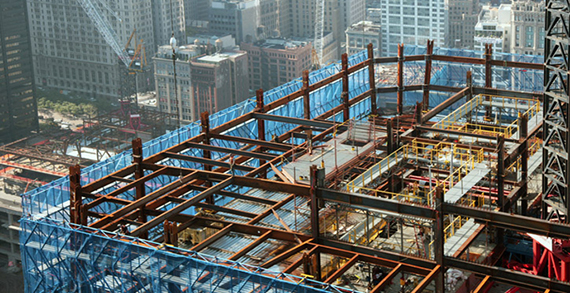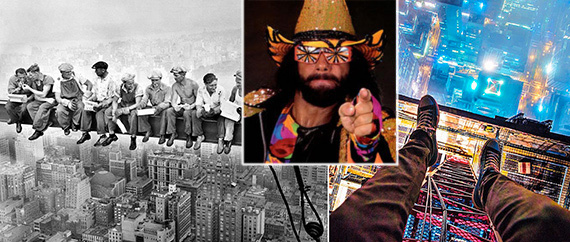From the iconic black-and-white photos of construction workers lunching on steel crossbeams to daredevils’ outlaw Instagram shots snapped from atop rising skyscrapers, there are certain bragging rights that come with risking one’s neck high above Manhattan.
But what these pictures fail to capture is the many – and often deadly – falls that happen on construction sites. Amid the recent discussions surrounding construction safety there is a consensus among industry experts that the jobs would be safer if the brawny hardhats that fill them would give up long-held, “macho” attitudes about their jobs and get in line with safety programs.
While construction experts say the industry has come a long way with regards to safety in the past decade or so, one of the biggest hurdles to overcome is a job-site culture in which safety plays second fiddle.
“You know construction is a very macho, competitive type of industry and it has taken a long time to take the competitive edge to the side and do what’s right for the people, the individuals and the families that build these great buildings for us every day,” Billy Gilbane III, vice president of the family-owned Gilbane Building Company, said earlier this month as industry leaders gathered to talk about safety.
Working at heights poses the most serious safety risk on construction sites. A report released earlier this month by the nonprofit New York Committee for Occupational Safety and Health found that 71 percent of construction accidents called in to the Department of Buildings between 2008 and 2013 were height-related, and falls to a lower level made up 49 percent of construction fatalities in New York State in 2011 and 2012.
OSHA requires anyone working six feet or higher above the floor to “tie off” to part of the building with a safety harness. But workers actively resist the idea, industry experts told The Real Deal.
Lou Coletti, president of the Building Trades Employers’ Association, said that while some construction managers insist their workers tie off, old habits die hard.
“On the other side of the equation, I’ve heard from them that it makes it more difficult to do their job – that it slows down productivity,” he explained. The problem appears so persistent that an executive at one major New York-based construction company said his firm decided that if their workers were going to refuse to tie off, the company would devise a system of netting that catches anyone who falls.
Another safety measure that is becoming more common is a “cocoon,” that surrounds the building and rises with each new floor to prevent people and objects from falling off the perimeter. Cocoons can be costly, though, and developers are often loath to implement them, sources said.

A cocoon safety system at work on One World Trade Center
The Port Authority on New York and New Jersey said it cost $9 million to use a cocoon system on One World Trade Center, and Coletti estimated the system can add up to $6 per square foot for construction costs.
Due to other factors such as the proximity of nearby buildings and the complexity of jobs, he said, cocoons are used on only about a quarter of jobs in the city.
